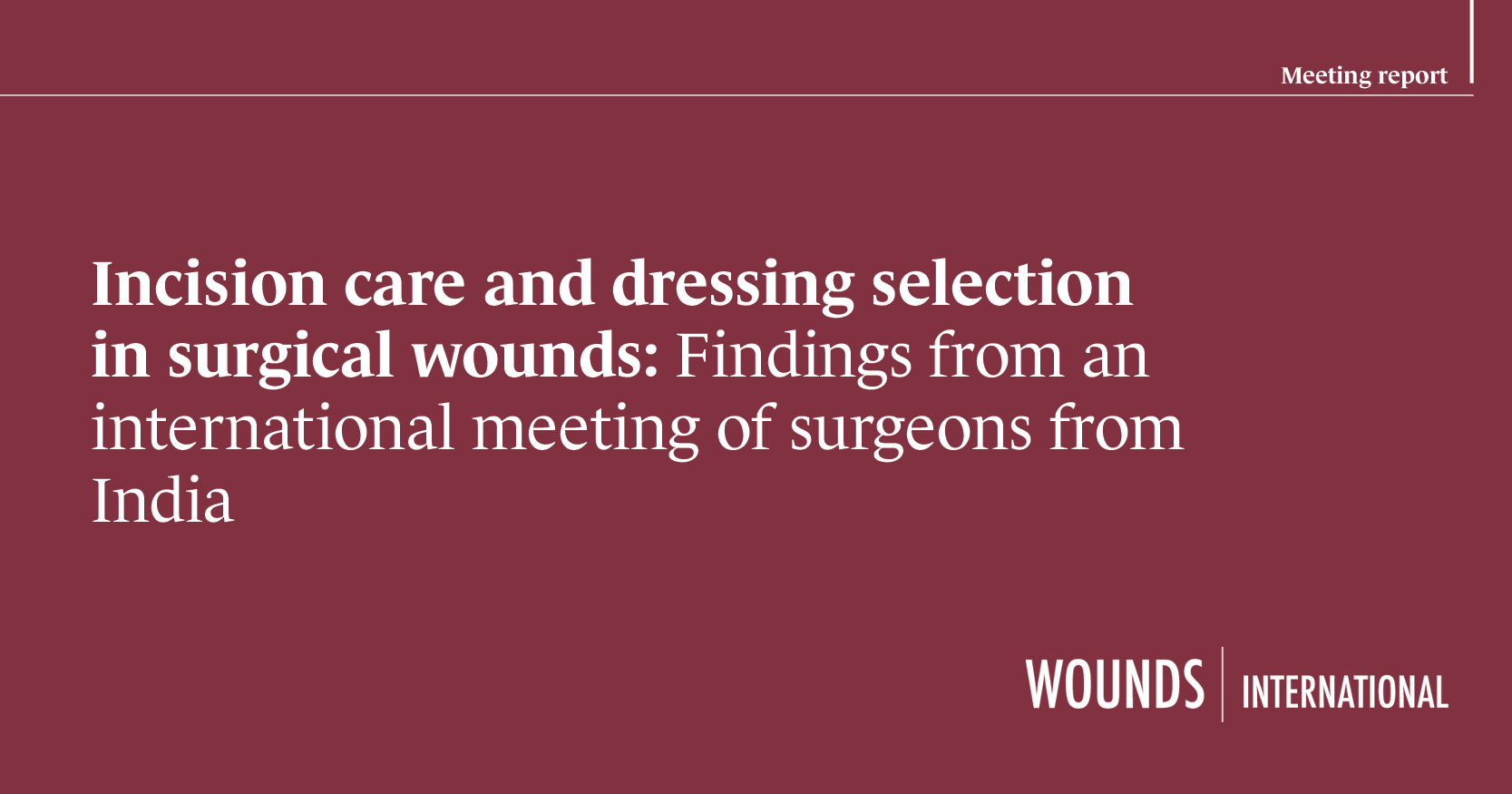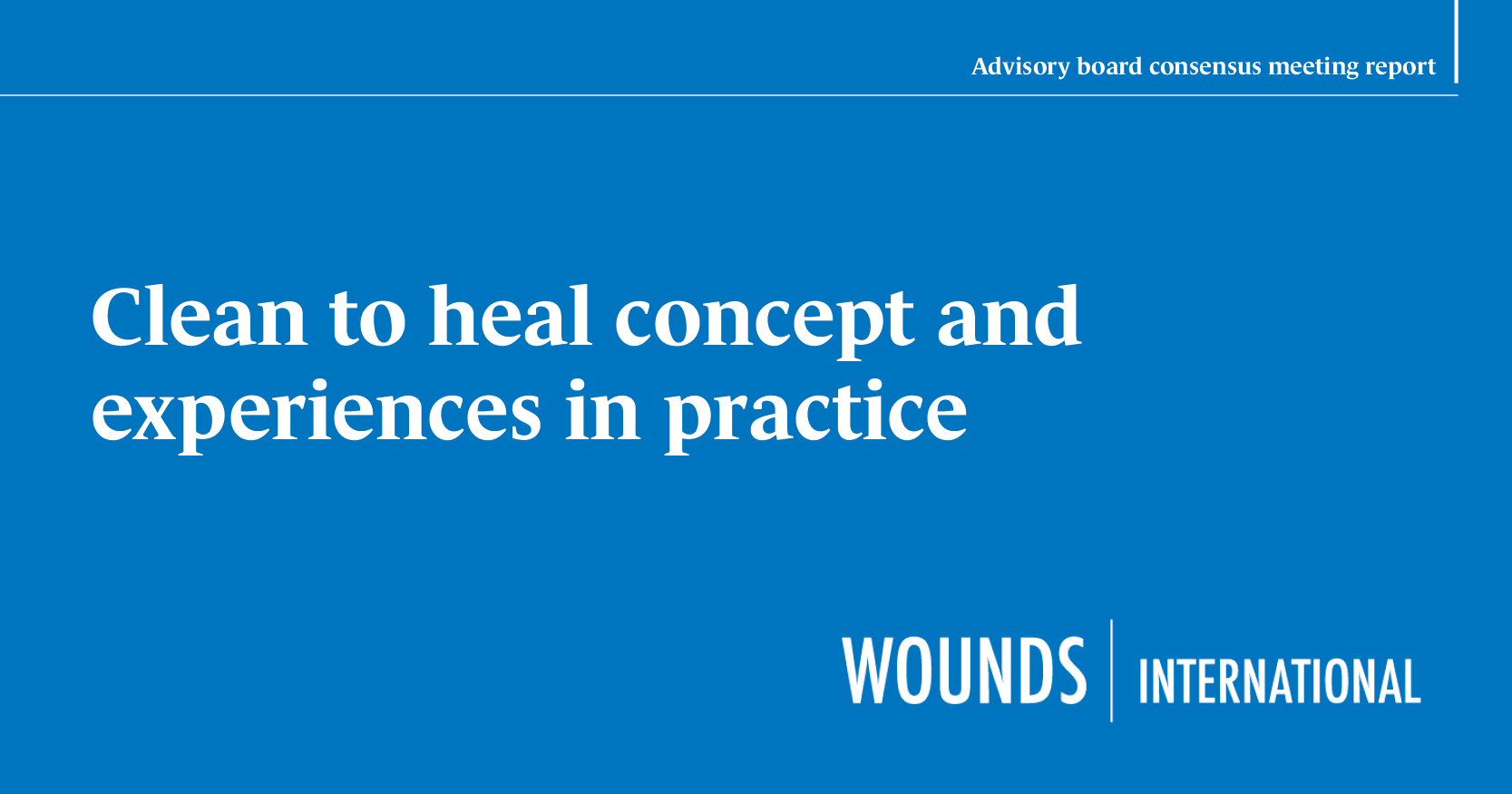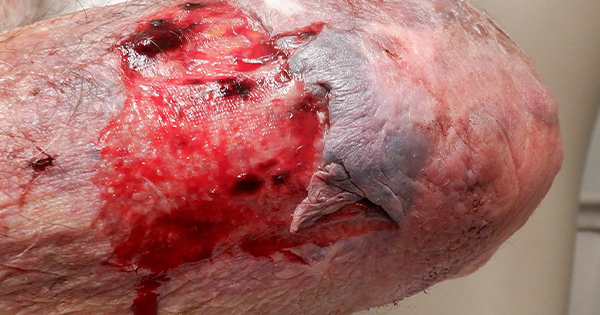<p>The lymphatic system plays a major role in the maintenance of cardiac function. Dysfunction of the cardiac lymphatics can lead to the onset of new pathology, aggravation of existing pathology or worsening of the long-term prognosis. Obstruction or severance of the principal trunks of the cardiac lymphatics results in phenotypic lymphogenic cardiomyopathy, which can manifest in a variety of ways, the most common of which is tachycardic or bradycardic arrhythmia. Localised tissue swelling resulting from lymphatic dysfunction (lymphoedema) disrupts the firing patterns of pacemaker cells within the sinoatrial and atrioventricular nodes, while also affecting the alignment of contractile proteins within myocytes. Some cases also demonstrate the presence of pericardial effusion; however, this is not thought to be causative of the arrhythmia and may indicate an advanced stage of disease. Removal of lymph from tissues limits the inflammatory response by removal or reduction of inflammatory mediators from the interstitium. In lymphostasis, inflammatory cells and metabolites accumulate causing localised tissue damage and fibrosis. This can lead to valvular stenosis or incompetence. The circulation of lymph also provides immune surveillance, therefore lymphostasis can increase the incidence (and severity) of infective pathologies such as myocarditis and endocarditis that may confound valvular pathologies. Cardiac lymphoedema produces changes on an electrocardiogram that mimic coronary ischaemia due to the effects of tissue oedema on the microcirculation of the myocardium. Arteriovenous shunting within the myocardium results in vessel-free areas that, unless rescued, will sclerose and eventually necrotise. This causes slow-developing alterations in ventricular function and plasma concentrations of hormones such as angiotensin-II and endothelin-I. This has implications in cardiac transplantation surgery as the principal lymphatic trunks are invariably dissected during this procedure. Restoration and monitoring of the function of these vessels may reduce the incidence of allograft failure, chylothorax and other post-operative complications, thereby improving patient prognosis. Understanding the various presentations of cardiac lymphatic disruption is important in identifying other pathological pathways that may intensify future cardiac pathologies if these presentations are not considered appropriately in the early stages of disease. This knowledge could open up alternative avenues of treatment that could be explored to prevent and improve the outcomes of the abovementioned cardiac pathologies.</p>






